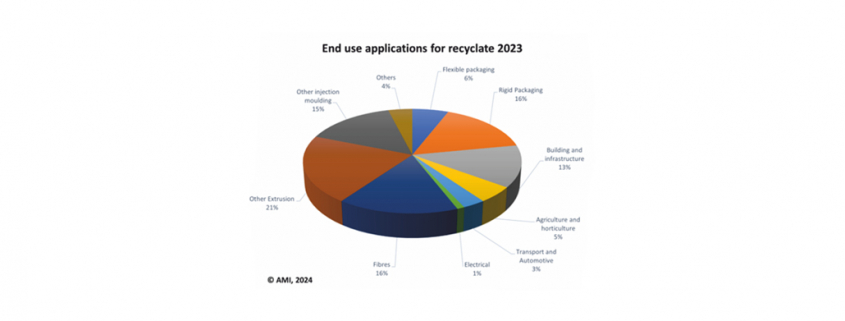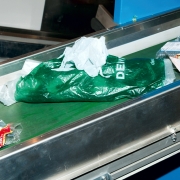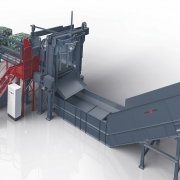Mechanical Plastics Recycling Production to Grow by 2030
According to UK and USA-based Applied Market Information Ltd (AMI), mechanical recycling capacity surpassed 54 million tons in 2022, and over 36 million tons of recyclate was produced globally.
By 2030, mechanical recycling output will reach close to 55 million tons, AMI Consulting estimates; that would be an increase of 52 percent on 2022 volumes. “That being said, the actual global recycling rate of commodity plastics is only anticipated to reach 16.5 percent by 2030, highlighting the vast opportunities within the industry.”
While some regions, such as Europe and Northeast Asia were actively trying to reduce the use of excessive packaging, the increase in plastic usage in other areas, such as Africa and the Indian Subcontinent would outweigh those efforts. “The increase of plastics consumption in such regions is broadly driven by urbanization and growing middle classes and will contribute to increasing global plastics consumption for the foreseeable future,” the company stated.
Likewise, Europe and Northeast Asia would also boost “longstanding and relatively developed collection infrastructure for recyclables, albeit some volumes go to incineration as opposed to material recycling. In many other parts of the world, the informal sector plays a significant role in collecting post-consumer waste, mainly focusing on bottles and flasks. Unfortunately, other post-consumer applications, especially films or non-bottle rigid plastics still lack sufficient collection systems.”
According to AMI, PET had the highest recycling rate, 27.1 percent in 2022, primarily due to the well-established collection of PET bottles, through formalized collections, bottle deposit schemes, and the informal sector. As underlined, the approval of food-grade rPET was also gaining traction in countries across Northeast Asia, Southeast Asia, and the Indian Subcontinent, “opening new opportunities for rPET use in higher value food grade applications”.
AMI’s report “Mechanical Plastics Recycling – The Global Market” quantifies the market for mechanical recycling, analyzing the supply and demand balance, along with an evaluation of current production by region, the publisher gave account. Furthermore, it would also provide a detailed analysis of feedstock supply, the waste plastics value chain, and end-use applications for recyclate, with an examination of potential future absorption. “It is relevant to all stakeholders in the plastics industry value chain, from resin producers to brand owners and end users of plastic products,” the market intelligence and consulting firm is convinced.
(Published in GLOBAL RECYCLING Magazine 1/2024, Page 11, Graphic: AMI)








